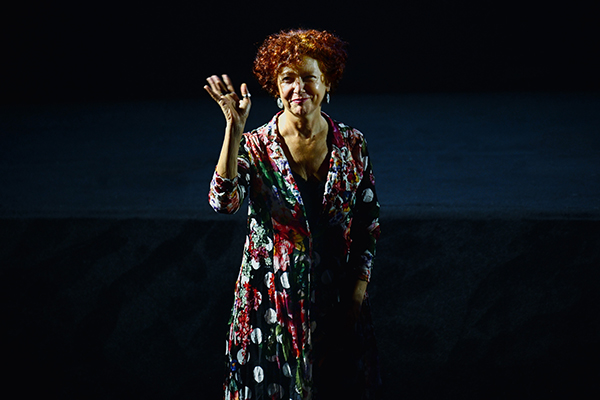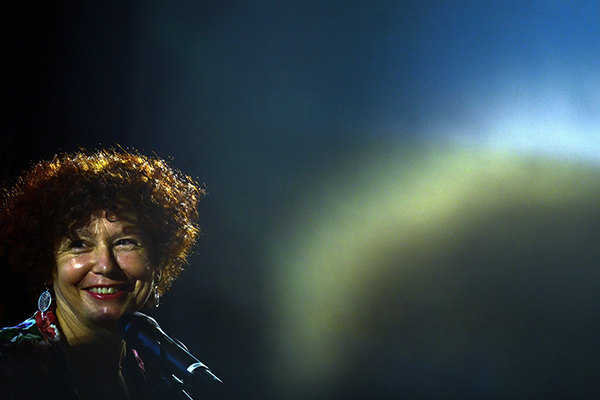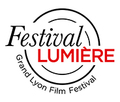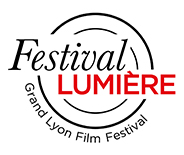Icíar Bollaín :
« My first desire
was to tell stories.»
PostED ON 17.10.2024
From her first roles to her collaboration with Ken Loach, actress-director Icíar Bollaín shares her story with the public. Highlights.

© Olivier Chassignole
Me, Tarzan
I remember the screening of Tarzan; as a child, I wanted to be Tarzan, not Jane. Tarzan talked to animals and swung from branches; it was more fun! Every summer, we'd organise family reunions where my father would tell me and my cousins stories in which we were the protagonists. Long before I started acting, my first desire was to tell stories. I was writing stories when I was 13. I became an actress by accident. I quickly realised that it was behind the camera that everything happened.
Her first audition
Director Victor Erice had canvassed through my neighbourhood to hold auditions for his film El sur. My sister Marina had seen the casting posters ; she was outgoing and I was the opposite. Victor asked me if I wanted to audition, but I had an important exam at school. They sent me an excerpt from the script by postal mail and I loved it. At the audition, I was embarrassed when they asked me to recite the script, which I hadn't learnt - I didn't know anything about cinema. But in the end, I got the part and my parents signed my contract because I was still a minor.
A cupid named Ken Loach
When I went to audition for Land and Freedom, there was no script, so we improvised. I didn't feel suited for the character of the lead female role, but Ken Loach told me he liked what I was doing. So he rewrote a character so that I could participate, playing Maite. Meeting Ken was wonderful, he's a great filmmaker, with such discipline but also such humanity. Then Ken invited me to the filming of Carla's Song in Los Angeles, where I met his scriptwriter, Paul Laverty, who became my partner. Since then, we've written several films together.

© Olivier Chassignole
‘Like the Rolling Stones’
My second feature, Flowers from Another World (Flores de otro mundo) was incredibly well received: it won the Grand Prix at the Critics' Week at the Cannes Film Festival! It was like being inducted into the big leagues. And when we went back to the village where we had shot the film to show it to the villagers, everyone had heard about its success at Cannes. The locals welcomed us as if we were the Rolling Stones!
A committed filmmaker
I believe that my film Take My Eyes (Te doy mis ojos) was released at a time when we needed to understand the phenomenon of violence against women. A few years ago, it was used by the Spanish police as an educational tool. One day, I was on the metro in Madrid and a young man came up to me and gave me a piece of paper. It was written: “My mother saw your movie, Take My Eyes, and it changed the lives of my brothers and sisters”. The woman had left her abusive husband, just like Pilar, the main character of the film.
Reported by Laura Lépine

